British Railways Class 9F 2-10-0s
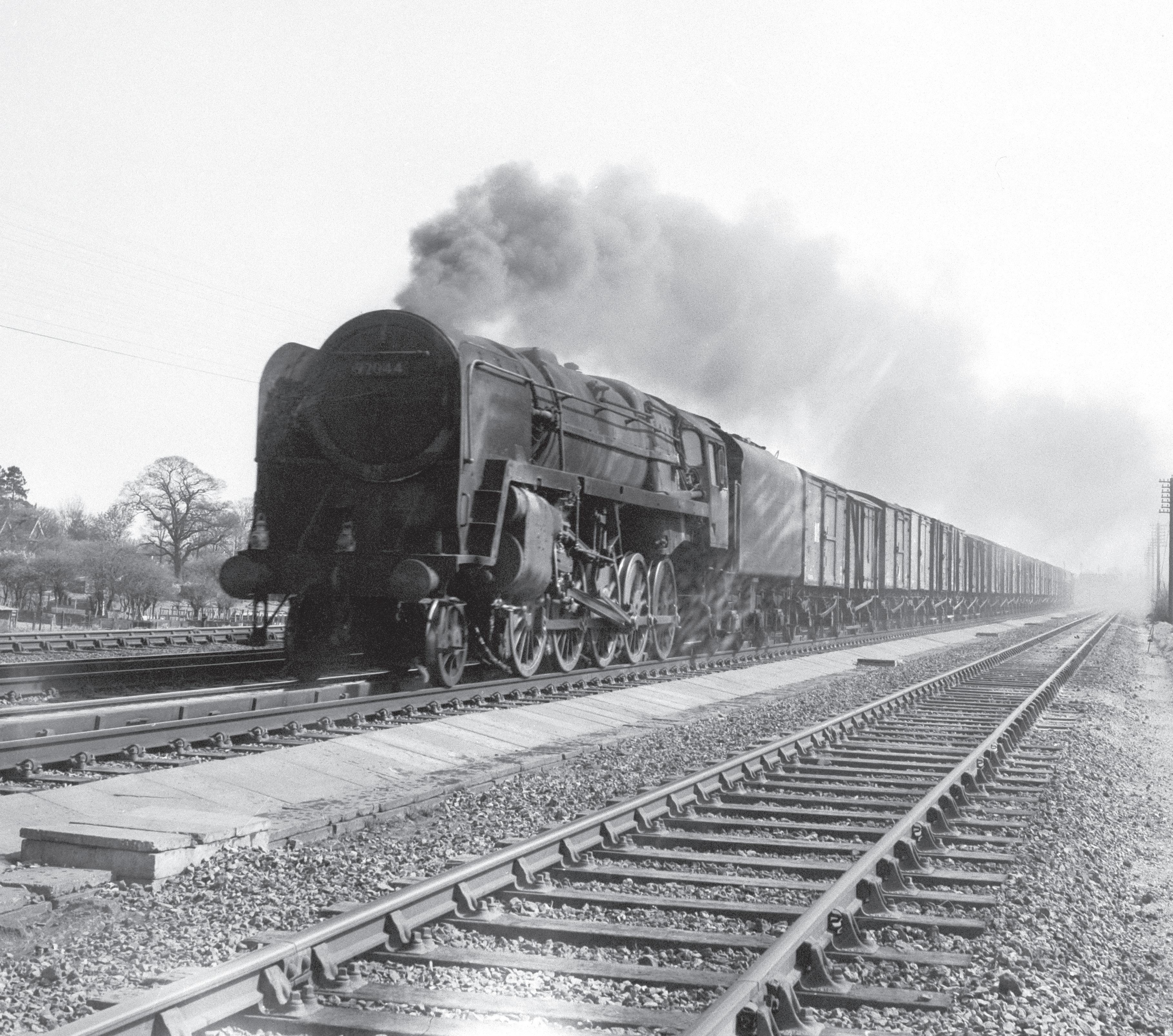 Compiled by Alan C. Butcher
Images from the Transport Treasury Archive
Compiled by Alan C. Butcher
Images from the Transport Treasury Archive

 Compiled by Alan C. Butcher
Images from the Transport Treasury Archive
Compiled by Alan C. Butcher
Images from the Transport Treasury Archive

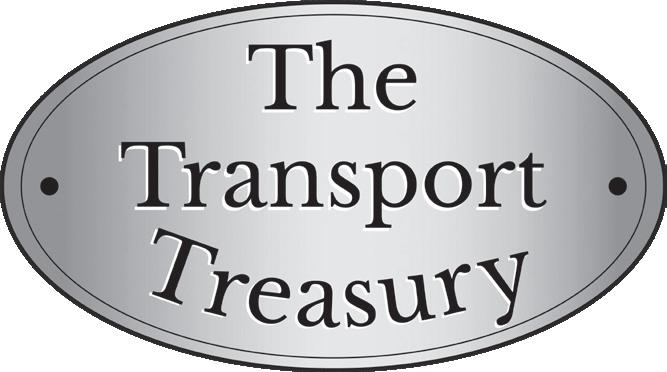
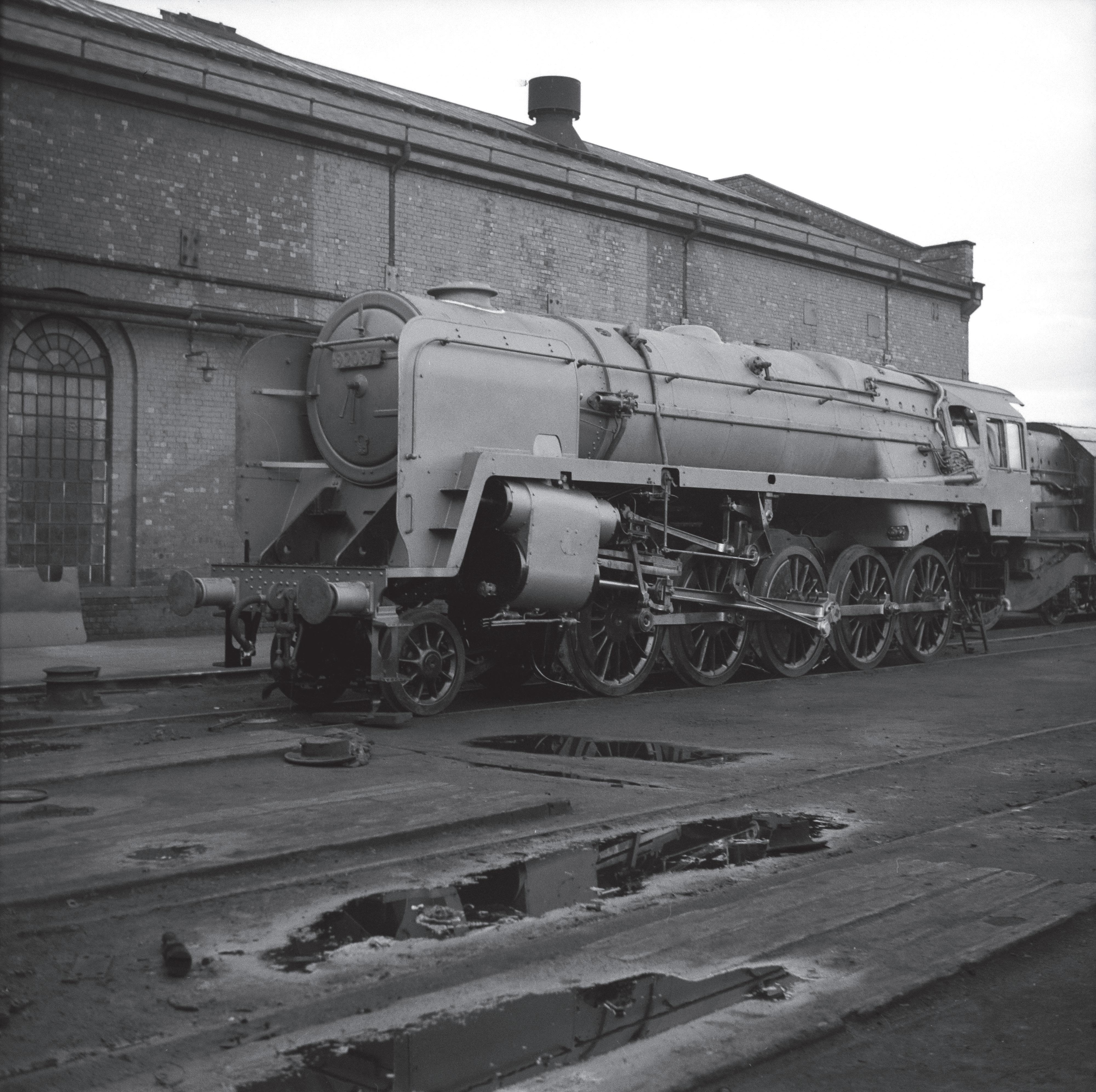
The class of 1955: Nos 92020-29, 92042-69


Below: Running tender first, No 92046 is at the head of a rake of ore wagons at Seacombe junction on 28th May 1958. The fleet of unfitted bogie wagons were built for J. Summers by Charles Roberts between 1952 and 1958 and carried iron ore from Bidston Docks, Birkenhead to British Steel’s Shotton works. Nos 92045 and 92046 arrived at Bidston, initially on loan from Toton in May 1956; they and four other members of the class remained at the depot until February 1963 when all were transferred to Birkenhead. No 92046 survived in traffic until October 1967 and consigned to Newport for recycling in the South Wales furnaces. (1496)
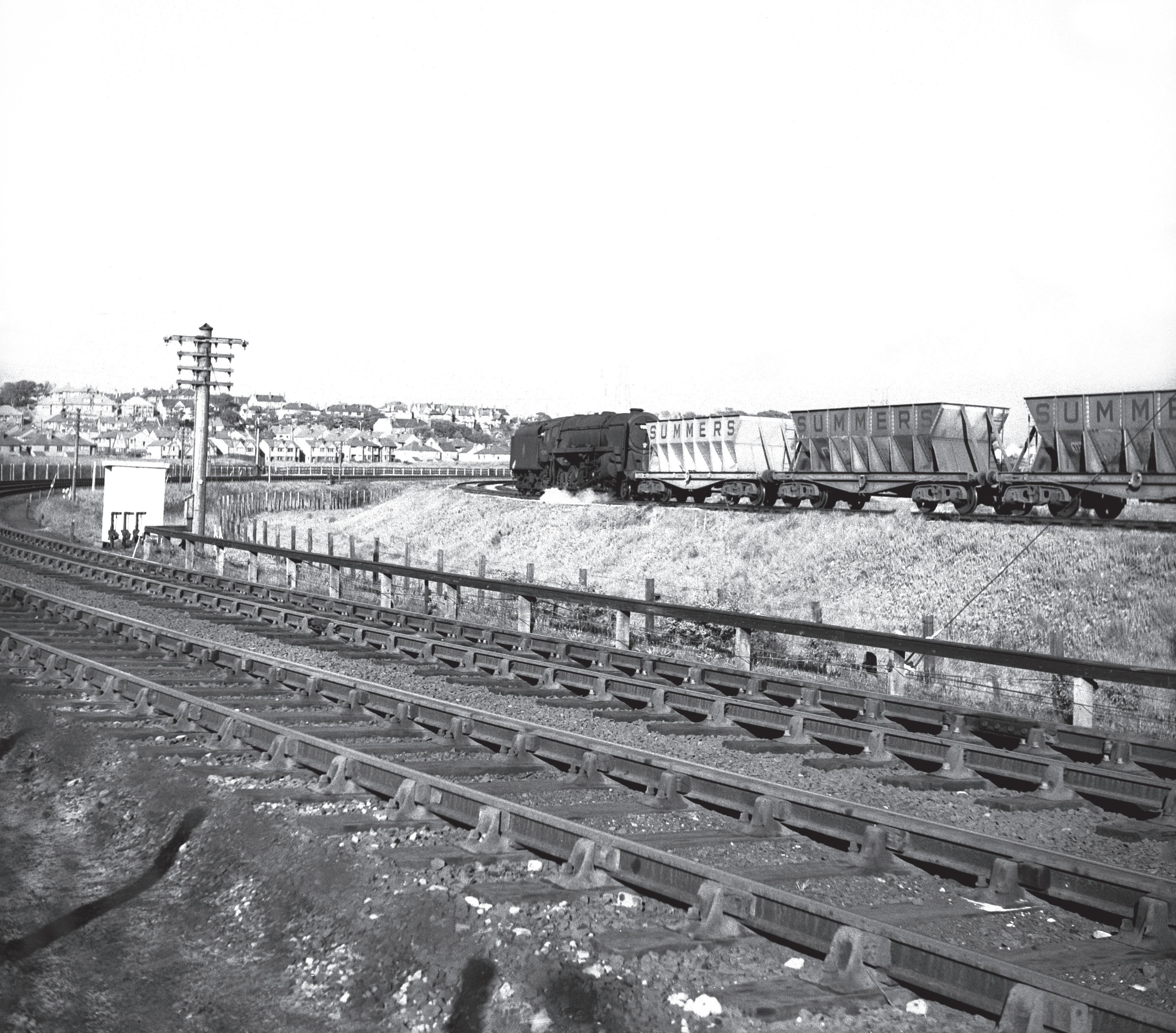
Opposite Top: The inside of York shed with Nos 92049 and 92211 alongside an unidentified Class V2 2-6-2. No 92211 arrived at York depot in September 1963, departing for Wakefield in October 1966, possibly dating the image to this period. No 92049 was ex-works from Crewe on 10th March 1955, being allocated to Wellingborough, and arrived at its final depot of Birkenhead in February 1966. It was withdrawn in November 1966 and, following a period stored at Carlisle Kingmoor, was purchased by G. H. Campbell, Airdrie, where it was broken up in June 1968. (1501)
Opposite Bottom: With an age difference of over 60 years, former Lancashire & Yorkshire Railway Class 27 No 52218, dating from September 1893, stands alongside No 92050 that dates from August 1955. The image was probably taken at Crewe Works as No 52218 was one of the works shunters following its arrival in July 1953 – it survived until May 1962. No 92050 was ex-works at Crewe on 19th August 1955, and, initially allocated to Toton, it would be withdrawn from Warrington in September 1967 and scrapped in January 1968. An unidentified Stanier 2-6-4T tries to hide behind the 9F. (1505)
Below: Trying to be a ‘stealth’ locomotive, No 92077 runs through Preston station in December 1967. It left Crewe Works on 13th March 1956, being allocated to Toton. Arriving at Carnforth shed in March 1967, it survived until withdrawal in June 1968. It was sold to G. H, Campbell of Airdrie but was recycled by Clayton & Davie of Dunston, Gateshead, in October 1968. The 20 ton brake van, No B951816, was part of Lot 2350 built at Darlington in 1952. Preston station is roughly halfway between London Euston and Glasgow Central (206 miles from London and 194 from Glasgow). The North Union Railway opened a station on the site in 1838. It was extended in 1850, with new platforms under the separate management of the East Lancashire Railway, and by 1863 London-Scotland trains stopped here to allow passengers to eat in the station dining room. The current station was built in 1880 and extended in 1903 and 1913, when it had fifteen platforms. A free buffet for servicemen was provided during both World Wars. The East Lancashire platforms were demolished in the 1970s as connecting lines closed. (1331)
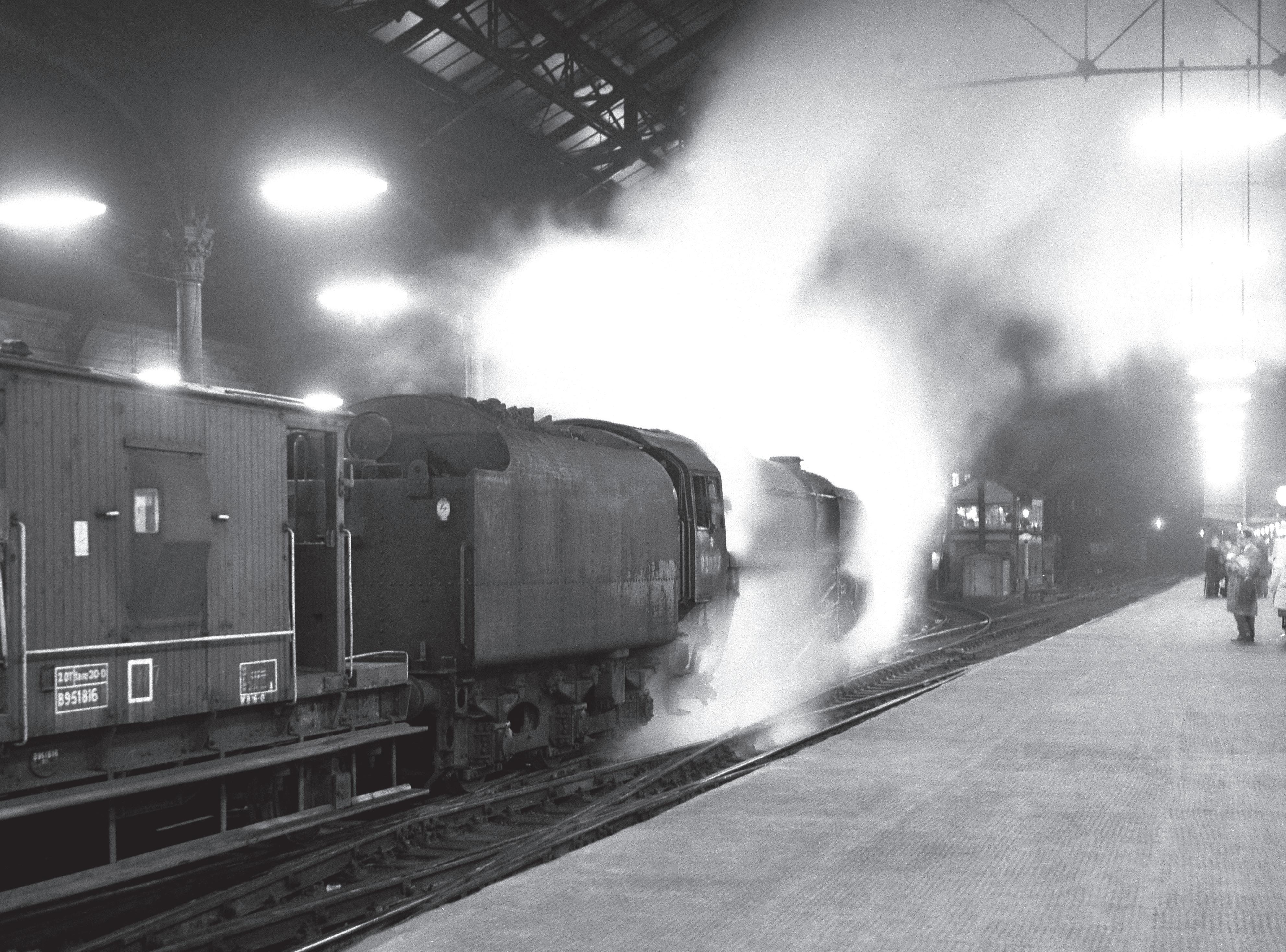
Opposite Top: Using the through line at Wellingborough Midland Road, No 92078 hauls a down freight consisting of empty mineral wagons through the station at 12.50pm on the 28th July 1956; the service was a class F consisting of unbraked wagons. The locomotive was new to Toton on 21st March 1956 and withdrawn in early May 1967; it was scrapped the following January by T. J. Thompson at Stockton-on-Tees. The water tank looks like one of those ready-made examples that occupied many model railways. A. Lathey
Opposite Bottom: Following withdrawal in May 1956 of the Midland Railway’s heavyweight four-cylinder 0-10-0, BR No 58100 – otherwise known as ‘Big Bertha’ – which was only the second ten-coupled locomotive to enter service in the UK – was replaced by No 92079 banking trains up the Lickey incline. The incline, from Bromsgrove to Blackwell summit, was two miles of 1 in 38 and the majority of trains would require banking. The 9F inherited the electric headlamp fitted to the MR locomotive, spending five days at Derby for the work to be carried out. Its original flush-sided BR1C tender was replaced with an inset BR1G variant, as half its mileage would be run in reverse. At some date a rectangular aperture was cut in the left hand side of the tender to aid coaling on Bromsgrove shed, this can be seen immediately behind the cab in the original image. No 92079 remained at Bromsgrove until moved to Birkenhead in October 1960. Its duties on the Lickey were shared with GWR-designed ‘94XX’ 0-6-0PTs. The headlamp was not always used at night as some drivers claimed the train locomotive crew did not pull their weight if they knew what the banking locomotive was.
J. DavenportAbove: Running south through Tapton junction towards Chesterfield Midland station, No 92116 is at the head of a class F freight consisting of unfitted mineral wagons. It carries an 18B, Westhouses, shed plate where it had arrived new from Crewe Works in December 1956; it moved to Wellingborough in March 1963. Tapton junction was on the former Midland Railway route where the line to Sheffield and Staveley diverged. Chesterfield was also served by the Lancashire, Derbyshire & East Coast (later Great Central) Railway’s station that closed to passengers on 3rd March 1963 and to freight services on 11th September 1967. Withdrawn from Warrington depot in November 1966, No 92116 was sold to Drapers of Hull for recycling which took place on 12th June 1967.
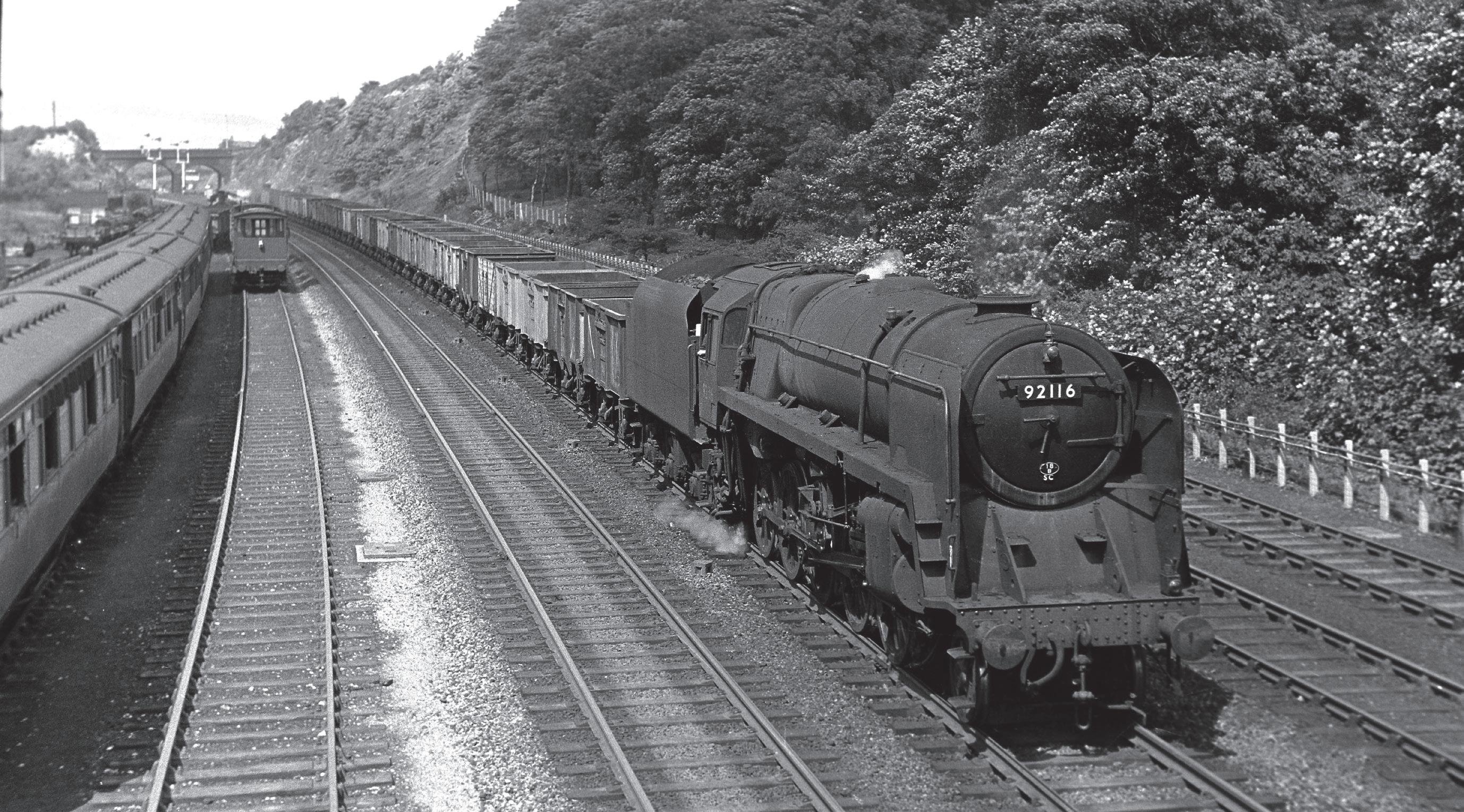
Below: No 92118 is seen at Banbury in September 1965, this had been home to the locomotive from July to November 1964 so it had worked in from Tyseley depot at the time of the photograph. Its final shed was Carnforth where it had arrived in November 1966 to be withdrawn in May 1968, as one of the last to remain in service. No 6952 Kimberley Hall was allocated at Banbury for a second time between November 1962 and October 1965 when it moved to Tyseley. The GWR shed was opened on 6th October 1908, it was coded 84C as a Western Region depot, becoming 2D when taken over by the London Midland Region in September 1963, closing on 3rd October 1966.
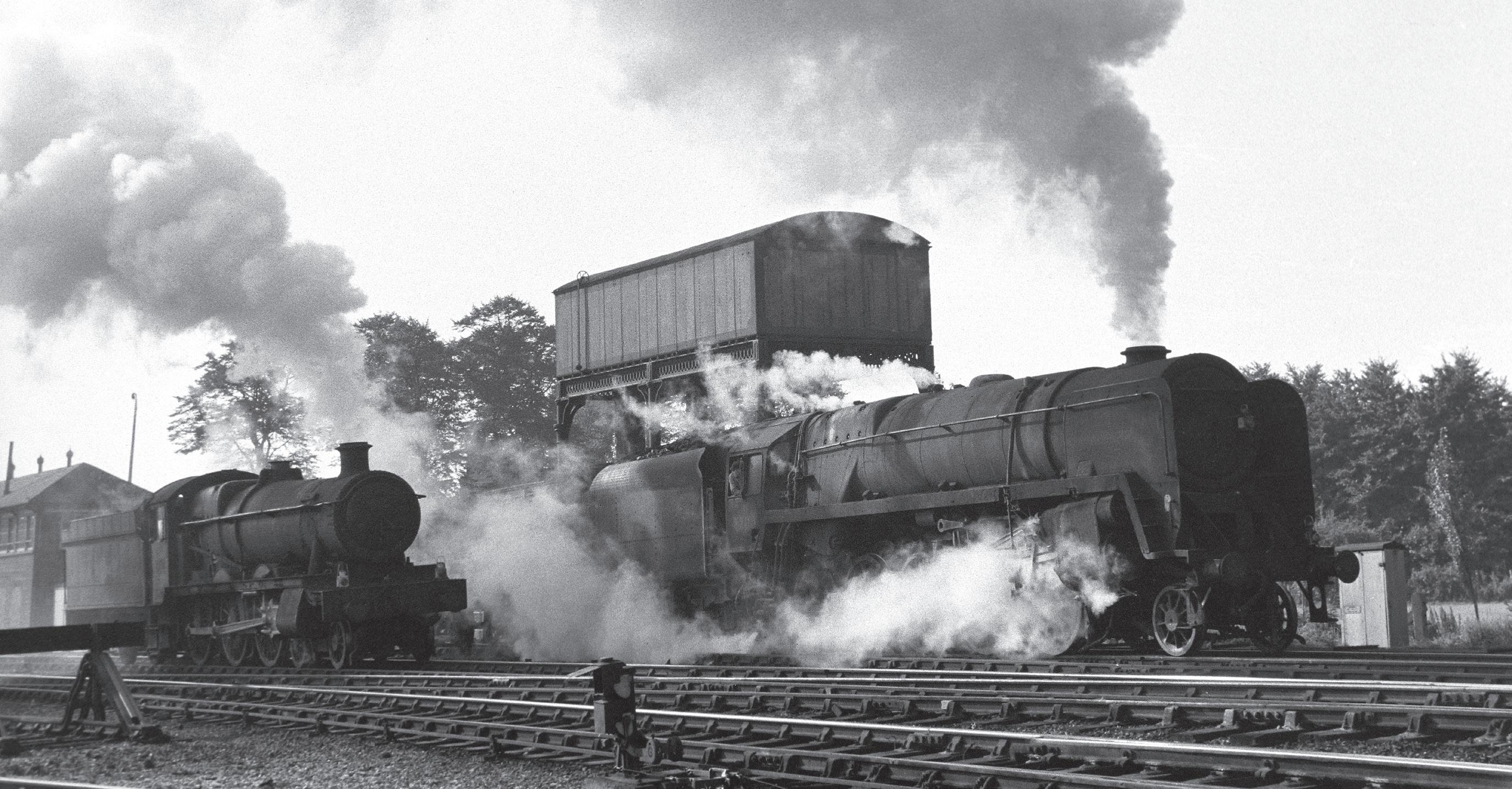 Jack A. C. Kirke
Jack A. C. Kirke
British Railways Class 9F 2-10-0s


Opposite Top: No 92209 hauls the Plymouth-Crewe service out of Teignmouth and along the South Devon coast wall in June 1959. The station was opened by the South Devon Railway (SDR) on 30th May 1846 as the terminus of its first section from Exeter. The line was extended to Newton Abbot on 31st December 1846. Teignmouth’s single platform was augmented by a second one late in 1848 – at this time it was a 7ft 0.25in (2,134mm) broad gauge railway. Teignmouth was the original headquarters of the SDR, the station and offices being described as a ‘primitive apology for a station’ and locally dubbed the ‘Noah’s Ark’. On 20th May 1892, the line was converted to 4ft 8.5in (1,435mm) standard gauge. The station was completely rebuilt soon after, the work being completed early in 1895. At the date of the image No 92209 was virtually new having arrived at Laira, Plymouth, a few days earlier; it remained allocated to the Western Region for the rest of its career, being withdrawn from Bath Green Park in December 1965; although this may have been a ‘paper transfer ’ from Bristol St Philip’s depot where it was stored before ending its days at the Newport yard of J. Cashmores. The photographer was lucky as the rear of a down service is disappearing into the distance. Stanley Creer
Opposite Bottom: At the head of a down oil tank train No 92212 passes through Basingstoke at 6.46pm on the 8th September 1962, note the barrier (or buffer) wagons between locomotive tender and leading tanker. These oil trains were worked for Esso Petroleum who had a refinery at Fawley, on the Solent, to Bromford Bridge distribution centre near Birmingham, usually running via the former Didcot, Newbury & Southampton line until that route closed. Five 9Fs were allocated to Eastleigh for the services, Nos 92205/6, 92111, 31 and 39, so with Tyseley-allocated No 92212 in charge, a failure en-route may have occurred. The Southern 9Fs were allocated away from the region in September 1963, although 9Fs continued to appear on the Southern Region when there was a locomotive failure or for overhaul at Eastleigh Works. Withdrawn in early January 1968, No 92212 was preserved via Woodham’s scrapyard in 1979 and is today owned by Locomotive Services Ltd.
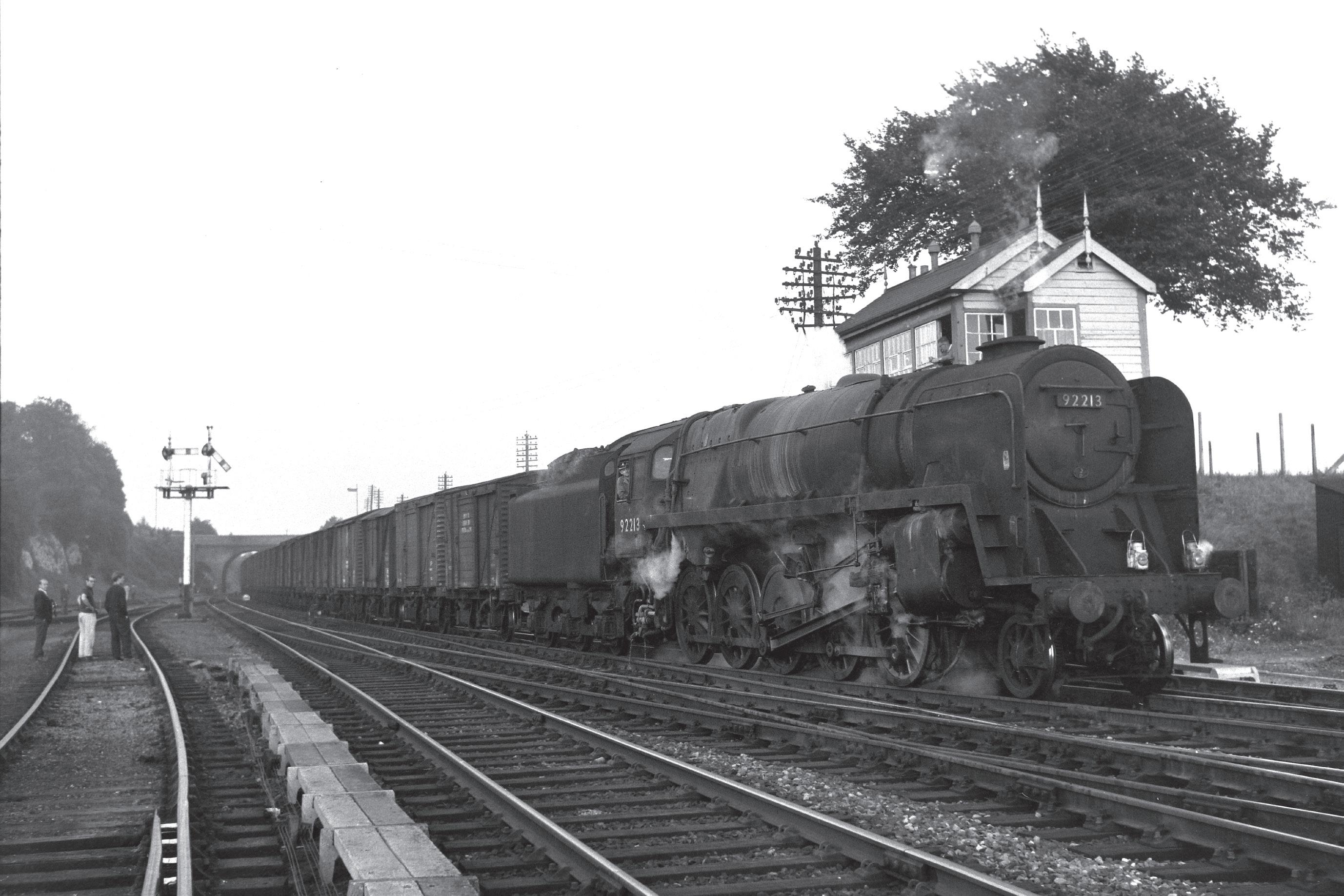 David B. Clark
David B. Clark
Above: No doubt heading for the docks, No 92213 wheels a freight train made up from XP-rated box vans on the approaches to Basingstoke on 12th September 1964, with the signalman waving out of the ’box window. The station was opened by the London & South Western Railway as a temporary terminus when its line to Southampton reached Basingstoke from London. It became a through station when the section running north from Southampton was completed later in 1840. The intention to build a line from near Basingstoke to Bristol was dropped when the Great Western Railway route was approved. The L&SWR did, however, plan a line to Salisbury from Basingstoke but this was delayed by financial difficulties. Eventually, it was built, reaching Andover in 1854 and Salisbury three years later, before being extended to become the West of England Main Line. The Great Western Railway opened its broad gauge line from Reading on 1st November 1848 with a separate station north of the L&SWR station. After its conversion to mixed gauge, on 22nd December 1856, through services could run between Southampton and Reading. The broad gauge rail was removed on 1st April 1869. The GWR station was closed on 1st January 1932, since when trains from Reading have used the main station. No 92213 was taken into traffic on 22nd October 1959 at Bristol St Philip’s Marsh; almost immediately transferring to Banbury, it was withdrawn from Carlisle Kingmoor in early November 1966.
Brian WadeyFrom slow heavy freights to express passenger services the 9F class was master of all; it could be said that the British railway industry left the best till last. Unfortunately, they were designed to see 25-30 years’ service; their lifespan was tragically short. Introduced in 1954, the Class 9Fs were the final main line steam locomotives built in any numbers and proved worthy of the role; whilst the other Standard designs were updated replacements of existing types – the 9Fs were something different and more than capable of handling any type of service. Designed at Brighton, built at Crewe and Swindon, the class suffered from the fact that, as with the rest of the Standard locomotive classes, they were withdrawn well before their intended demise. When the locomotives were under construction it was anticipated that steam traction would remain until well into the 1980s, by which time much of the network would be electrified. However, with the reduction in numbers of people willing to work with steam and the rush to change to diesel traction, the 9Fs were forced into retreat with many of the class never receiving a Heavy Overhaul. The last of the class, No 92220, was erected at Swindon Works in 1960 and named Evening Star in a ceremony that signalled the end of BR steam locomotive construction.

ISBN 978-1-913251-41-3


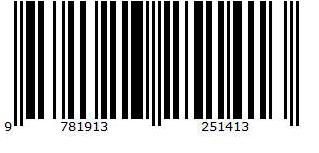
£14.95
